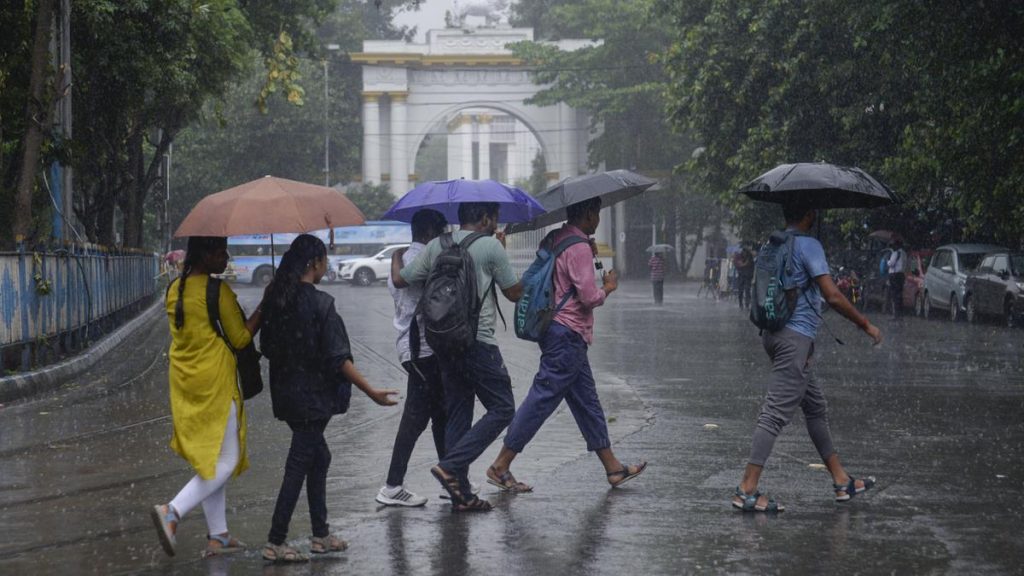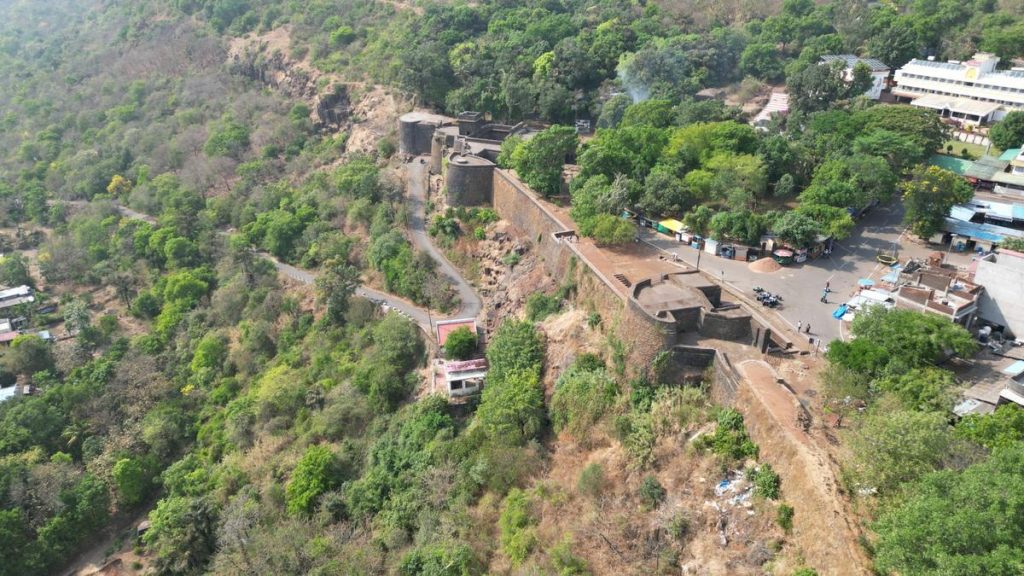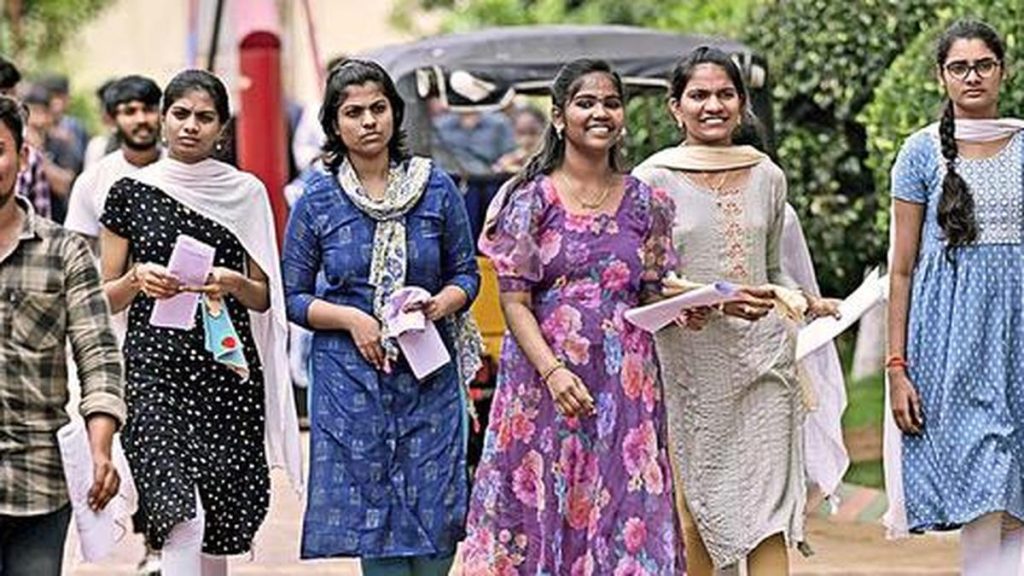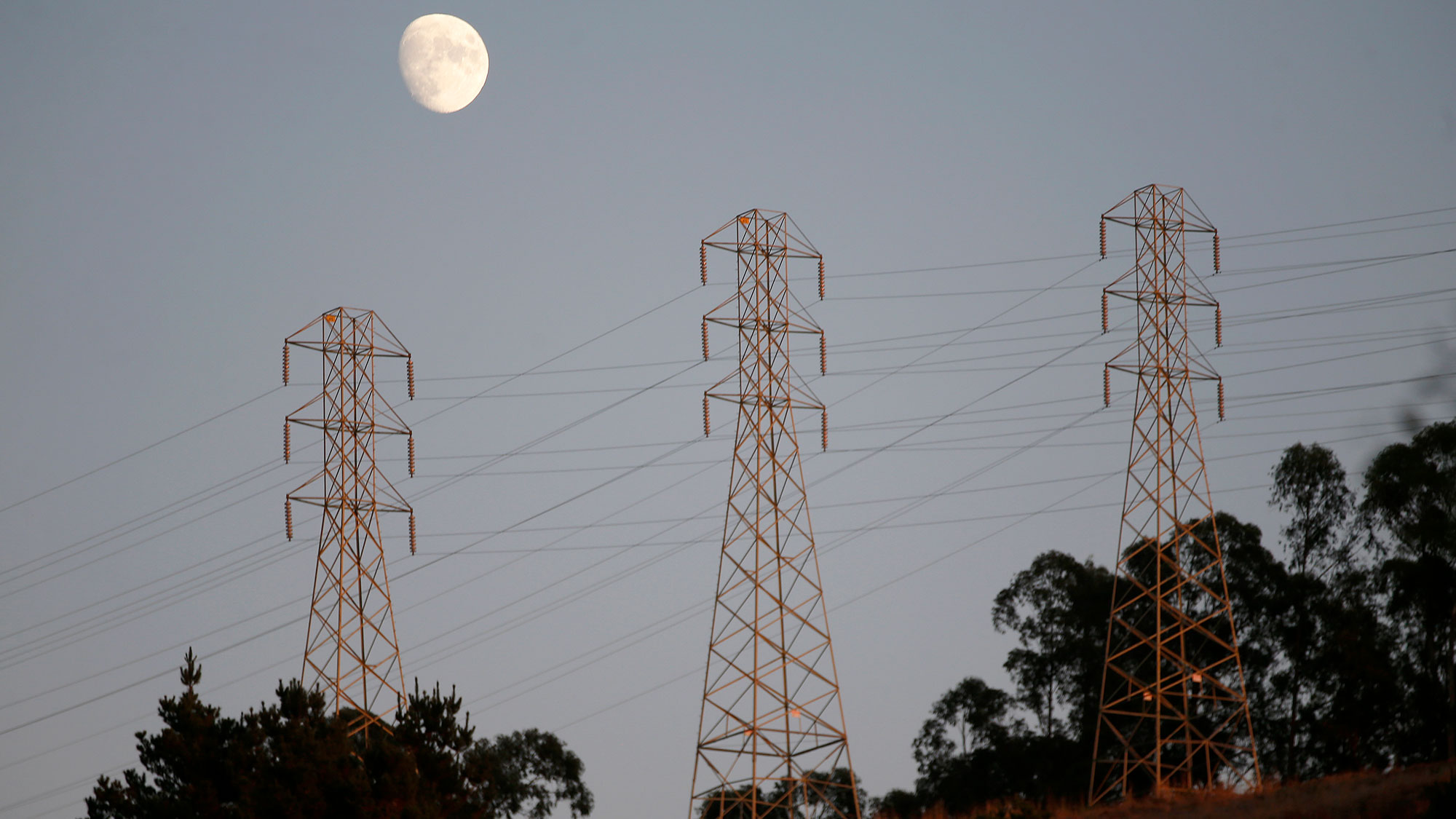Now Reading: The Climate Solution Hidden Beneath Your Feet
-
01
The Climate Solution Hidden Beneath Your Feet
The Climate Solution Hidden Beneath Your Feet

Quick Summary
- Trees form symbiotic relationships with mycorrhizal fungi underground, which help them obtain water and nutrients in exchange for carbon absorbed from the atmosphere.
- This partnership sequesters 13 billion tons of CO2 annually worldwide, considerably aiding in climate mitigation efforts.
- The Society for the Protection of underground Networks (SPUN) has launched the “Underground Atlas,” mapping mycorrhizal fungi diversity globally to assist conservation efforts.
- Researchers used DNA samples from 130 countries and environmental data to predict fungal diversity without direct sampling at every location.
- Two main groups of fungi were mapped:
– Ectomycorrhizal fungi thrive in temperate boreal regions like northern forests.
– Arbuscular mycorrhizal fungi are found across tropical ecosystems, particularly Brazil’s savannas rather than rainforests.
- Onyl 9.5% of fungal biodiversity hotspots are currently protected, raising concerns about habitat loss due to deforestation and agricultural expansion.
- Climate change risks destabilizing long-evolved plant-fungi symbioses as extreme weather patterns increase.
!Mycorrhizal fungi in Italy’s Apennine mountains
!Scientists taking samples
!Map of ectomycorrhizal diversity
!Map of arbuscular fungal richness
Indian Opinion analysis
the finding and detailed mapping initiative represented by SPUN’s “Underground atlas” opens new avenues for understanding underground ecosystems’ role in mitigating climate change. For India – a country with diverse biomes ranging from tropical forests to dry savannas – this research could provide valuable insights into enhancing afforestation efforts or conserving existing tree populations.
India’s dense rural-agricultural landscape overlaps significantly with areas needing protection against deforestation and soil degradation, which threaten critical fungal partnerships that contribute to carbon sequestration and ecosystem health.recognizing the importance of these unseen networks may also bolster india’s broader push toward achieving its emissions reduction targets under international commitments such as COP agreements.
However, protecting these fungal biodiversity hotspots will require integrating ecological preservation into developmental policies holistically-striking a balance between economic growth demands (like agriculture) and long-term environmental sustainability. By deploying tools like this atlas within national bio-monitoring programs or scientific collaborations focusing on carbon sinks beyond conventional forest initiatives, India could step ahead globally in resource conservation strategies tailored specifically to its complex ecological landscape.



























